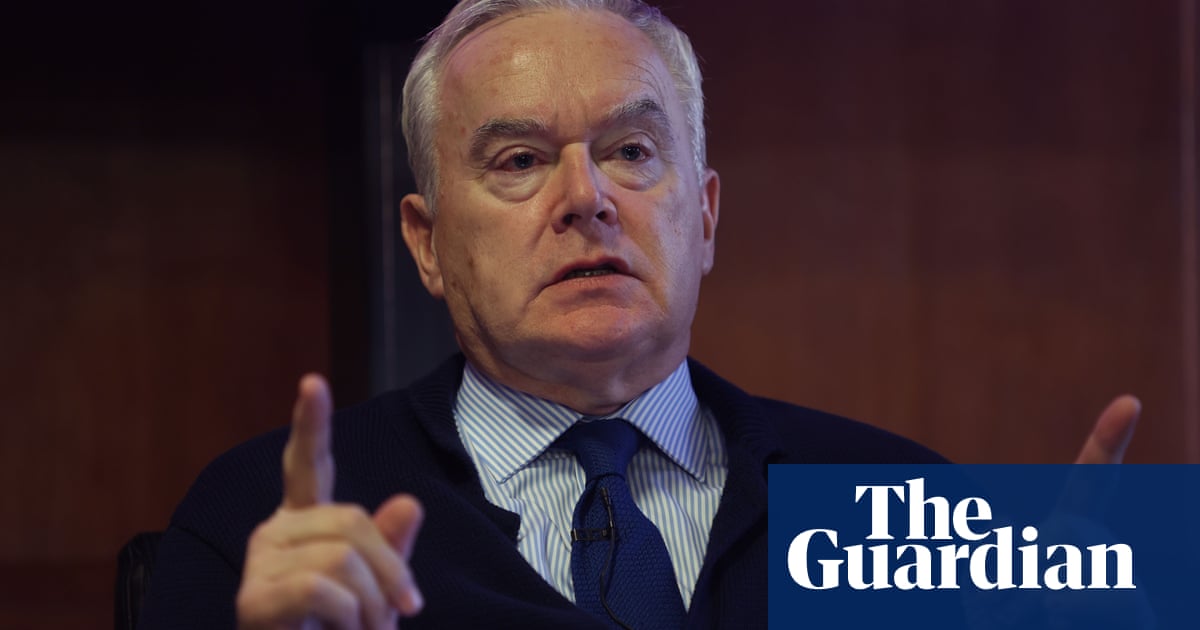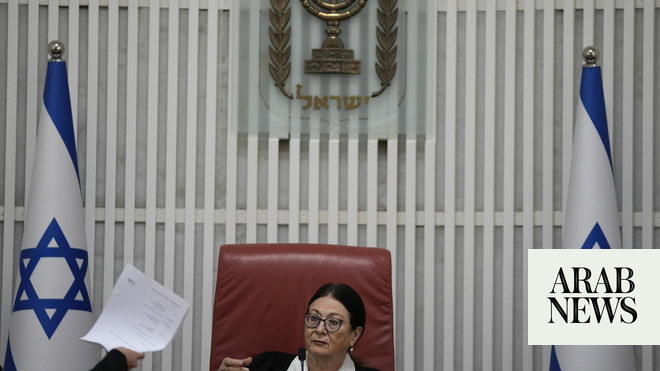
Peru’s congress has removed president Pedro Castillo from office after he announced the dissolution of the legislature and the installation of a “government of exception” – just hours before he was due to face an impeachment vote.
The country’s national police tweeted on Wednesday that “former president” Pedro Castillo had been detained, shortly after congress voted to remove him. In a photograph tweeted by the police, which was later erased, Castillo was seen sitting inside the station surrounded by officers.
The vote came after Castillo ordered a night-time curfew and the reorganisation of the judiciary and prosecutor’s office, which is investigating him for alleged corruption and influence trafficking – charges which he denies.
Castillo’s vice-president Dina Boluarte described the move as a coup attempt, and hours later was sworn in as the new president, becoming the first female head of state in Peru’s history.
The day of high drama put an end to Castillo’s tumultuous 17 months in power, which has already seen five cabinets, more than 80 ministers, six criminal investigations and two failed attempts to impeach him.
In a televised speech, Castillo said he would temporarily shut down congress, launch a “government of exception” to rule by decree and called for new legislative elections.
The move immediately prompted mass resignations from the cabinet, and accusations that Castillo had attempted to seize power illegally.
“I strongly condemn this coup d’état and call on the international community to assist in the democratic re-establishment of democracy in Peru,” tweeted the foreign minister, César Landa as he announced his resignation. “Castillo took this decision without my knowledge or support.”
Castillo’s bid to avoid an impeachment vote swiftly turned into an own goal as the armed forces and the police withdrew their support, saying, in a joint statement, that Castillo’s move was “contrary to the established constitutional order”.
Meanwhile, Peru’s constitutional court called Castillo’s decision to dissolve congress “a coup” and said the leader was no longer in charge of the country.
Castillo’s announcement prompted comparisons with the notorious “autogolpe” or self-coup of April 1992, in which then-president Alberto Fujimori dissolved congress and sent soldiers and tanks on to the streets of Lima.
“What has happened in Peru is a coup d’état,” said Fernando Tuesta, a political science professor at Lima’s Pontifical Catholic University. “Nothing announced by former president Pedro Castillo is allowed by the constitution.”
The U.S. Embassy in Lima condemned Castillo’s move. “The United States emphatically urges President Castillo to reverse his attempt to close Congress and allow democratic institutions in Peru to work according to the constitution,” the embassy said in a tweet. “We encourage the Peruvian public to stay calm during this uncertain time.”
Mexico’s president Andrés Manuel López Obrador called for “democratic stability for the benefit of the people”. In a string of tweets, the leftist leader said that an atmosphere of “confrontation and hostility” had led Castillo to take decisions that ultimately served his opponents, and led to his removal from office.
Diego Almagro, secretary general of the Organisation of American States, said the constitutional order had been disrupted in Peru and tweeted his “support for “democracy, peace and institutionality in Peru and the urgent need to restore the democratic path in the country.”
Last month, an OAS delegation visited Peru at Castillo’s behest after he requested that the organisation activate its democratic charter, alleging that congress and the prosecutor’s office were attempting a coup against him.
Castillo’s opponents argued that he was the one attempting a coup by sidelining congress.
“Pedro Castillo was dictator for only two hours,” tweeted Iván Lanegra, secretary-general of the Peruvian NGO Transparencia.











